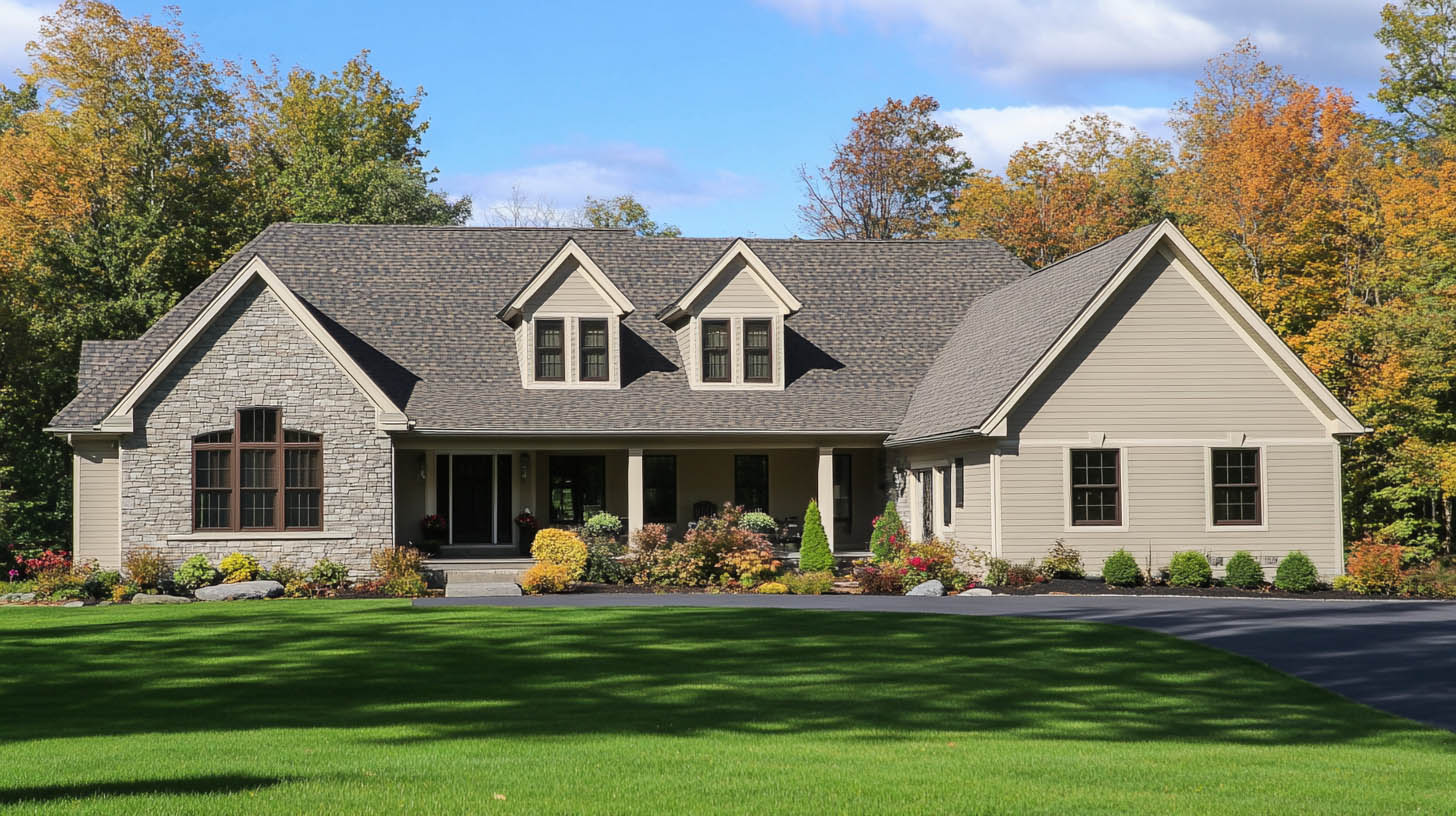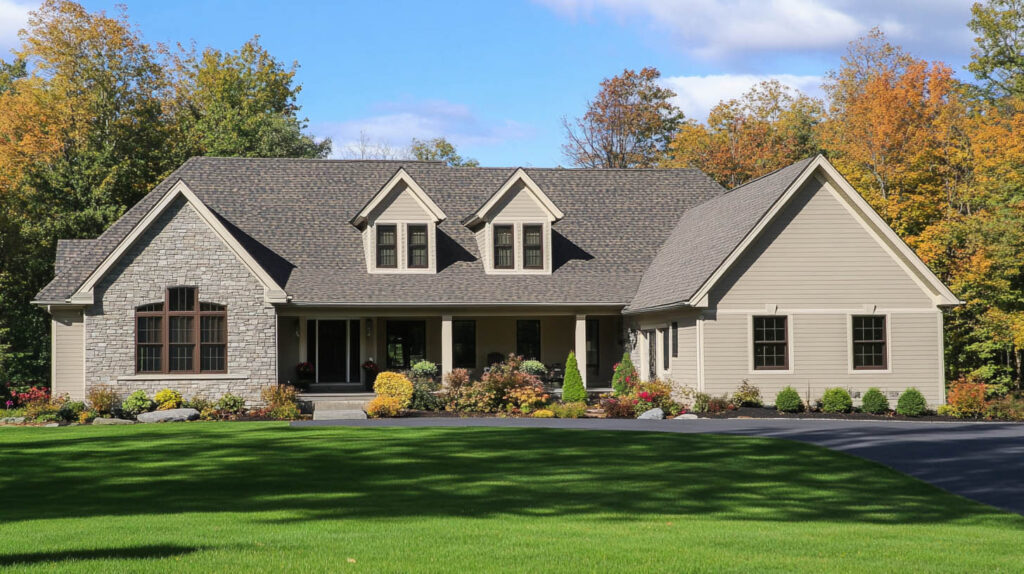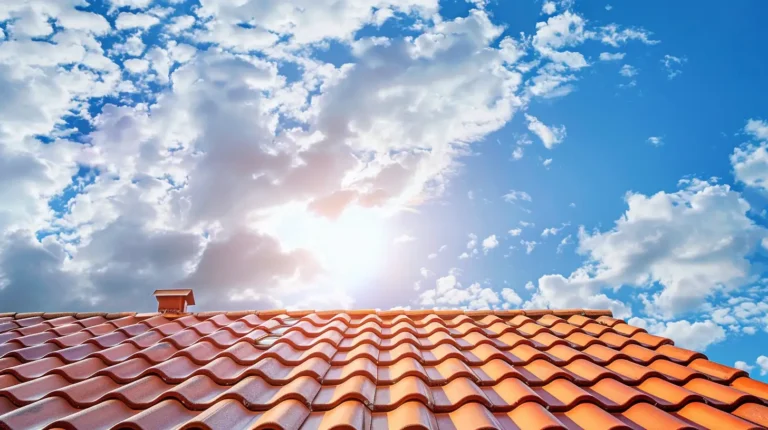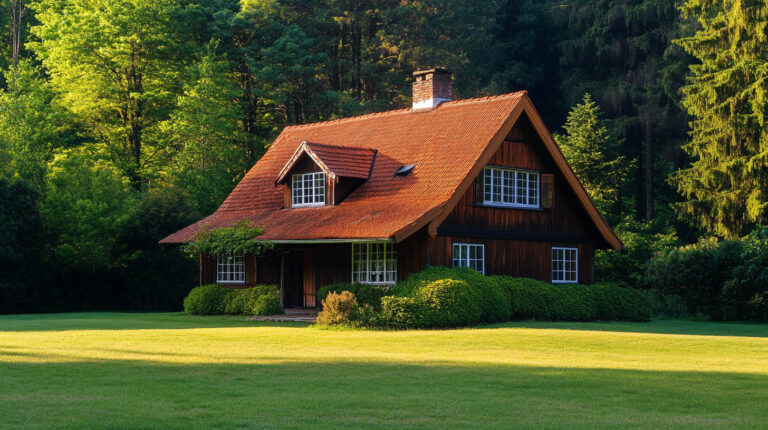
Blog
Understanding the Roof Pitch Multiplier: A Homeowner’s Guide
The roof pitch multiplier is a critical factor in roofing projects, influencing both costs and material selection. Whether you’re planning a repair or full replacement, understanding this measurement can help you make informed decisions. At Avenue Roofing in Jacksonville, FL, we ensure that our clients are educated about the nuances of roofing systems, empowering them to choose solutions that align with their needs.

1. What Is a Roof Pitch Multiplier?
The roof pitch multiplier, or pitch factor, determines the slope or steepness of a roof. It’s expressed as a ratio, such as 6:12, where 6 inches of rise occur for every 12 inches of horizontal run. This ratio impacts:
- Material Quantities: Steeper roofs require more materials due to increased surface area.
- Labor Complexity: Higher pitches demand more effort and specialized safety measures during installation.
Fun Fact: Roof pitch multipliers are vital in calculating the precise dimensions of roofing materials, ensuring accurate project estimates.
2. How Roof Pitch Affects Costs
Material Selection
- High-Pitched Roofs: Require more underlayment and shingles due to larger surface areas.
- Low-Pitched Roofs: Often more cost-effective, as they require fewer materials.
Labor Costs
- Steeper roofs are harder to navigate, leading to higher labor expenses.
- Specialized safety equipment is often needed for high-pitched installations.
Long-Term Savings
High-pitched roofs allow for efficient water drainage, reducing the likelihood of leaks and water damage. They also improve ventilation, which can lower energy costs and extend the roof’s lifespan.
3. Comparing High and Low Roof Pitches
High-Pitched Roofs
- Excellent for areas with heavy rainfall, as water runoff is faster.
- Improved attic ventilation reduces heat buildup, leading to energy savings.
- Create additional storage or living space in the attic.
Low-Pitched Roofs
- Easier and safer for routine maintenance and inspections.
- Compatible with cost-effective materials like asphalt shingles.
- Ideal for modern, minimalist architectural styles.
4. Calculating Roof Pitch
Accurately measuring roof pitch is essential for estimating costs and material needs. Roofing professionals use tools like pitch finders or perform calculations based on rise and run measurements. For homeowners, understanding this metric helps clarify material options and labor requirements.
FAQs
Q1: What is the typical roof pitch for residential homes?
A: Most residential homes have a roof pitch between 4:12 and 9:12, balancing aesthetics and functionality.
Q2: Does roof pitch affect energy efficiency?
A: Yes, higher-pitched roofs improve ventilation, which can reduce cooling costs in warmer climates.
Q3: How can I measure my roof pitch?
A: Use a pitch finder or consult a professional roofer for accurate calculations.
Q4: Are low-pitched roofs prone to water pooling?
A: Yes, low-pitched roofs may require additional drainage systems to prevent water accumulation.
Q5: What materials work best for steep roofs?
A: Metal and tile roofing are ideal for high-pitched roofs due to their durability and water resistance.
Conclusion
The roof pitch multiplier is more than a technical measurement—it shapes the cost, material selection, and functionality of your roof. Whether you have a high-pitched roof for superior drainage or a low-pitched roof for easier maintenance, understanding this factor ensures you’re prepared for your roofing project. Trust Avenue Roofing to guide you through every step, delivering tailored solutions for durable and efficient roofing systems.
If you’re planning a roof replacement, staying informed about the latest roofing trends can help you make a decision that enhances both the functionality and aesthetic appeal of your home. Modern roofing options offer improved durability, energy efficiency, and design versatility. To explore these trends in detail, click here.



